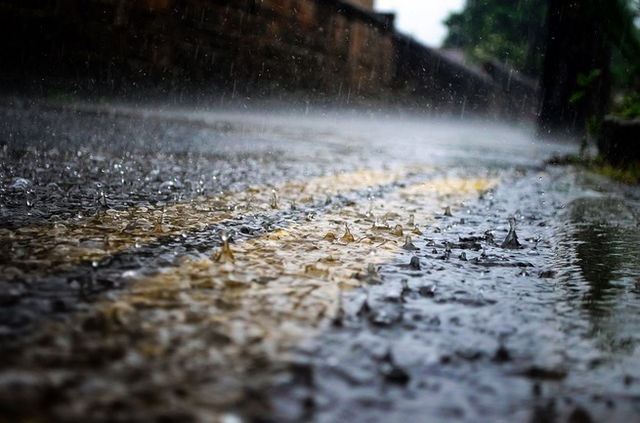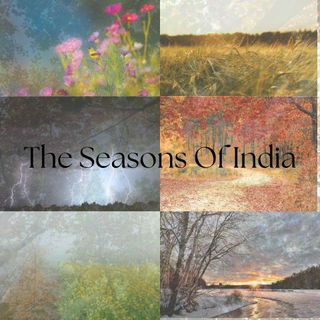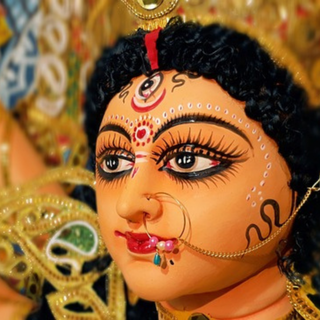The monsoon is a seasonal change in wind patterns that leads to noticeable shifts in weather conditions, including changes in rainfall.
It occurs due to the yearly movement of the Intertropical Convergence Zone (ITCZ), a region where winds from different directions meet.
The monsoon is often known as the rainy season, characterized by alternating periods of rain and dry weather. It is also associated with intense short-term rainfall and thunderstorms.
During the monsoon season, the weather undergoes significant changes. As the monsoon arrives, there is a shift in wind patterns, leading to distinct weather conditions.

The most noticeable change is the increased rainfall. The skies become cloudy, and the air becomes cooler and more humid. Rainfall can range from light drizzles to heavy downpours accompanied by thunderstorms.
The frequency and duration of rain vary across regions, with some places experiencing prolonged showers and others having intermittent rainfall. The weather becomes unpredictable, with sudden showers appearing and disappearing throughout the day.
Strong winds are also common during this time. Despite the rain, there are occasional dry spells. The monsoon brings relief from the preceding dry season, cooling down temperatures and replenishing water resources.
There are four major monsoon systems in the world. They are:
- West African monsoons,
- Asia-Australian monsoons,
- North American monsoons, and
- South American monsoons.
The word "monsoon" was first used in India under British rule and it is believed to originate from the amalgamation of the Portuguese term Monção and the Arabic term 'Mausim' which translates directly to wind or season.
It was used to describe the huge seasonal rainfall winds originating from the Bay of Bengal and the Arabian Sea that bring tremendous in the South-East.
Monsoons In India
The monsoons are driven by complex climatic and oceanic processes, with moisture-laden winds from the Arabian Sea and the Bay of Bengal converging over the Indian subcontinent.
Monsoons in India last mainly from June to September, although, cyclones and thunderstorms accompanied by heavy rain can be seen from the middle of May.
Monsoon rain is caused by the huge difference in temperature between the land and the ocean.
India experiences two main monsoon seasons: the Southwest Monsoon and the Northeast Monsoon.

South-West Monsoons
During the summer season, the South-West Summer Monsoon comes to India from a low-pressure area over the Northern and Southern parts of the country as the Thar Desert and the areas surrounding it heat up rapidly.
As a result, The Indian Ocean's moisture-laden winds blow into the subcontinent. These moist breezes are attracted to the Himalayas.
The Himalayas acts as a barrier, preventing winds from entering Central Asia and causing them to rise. Hence the clouds go up higher which results in their decreasing temperature resulting in precipitation.
Due to the geology of the Indian Peninsula, moisture-laden winds are separated into two branches as they reach the southernmost point:
- the Arabian Sea Branch and
- the Bay of Bengal Branch.
The Western Ghats of Kerala gets hit first by the Arabian Sea Branch making it the first state to welcome the rainfall of this season.
On the other hand, the Bay of Bengal Branch blows over the Bay of Bengal and heads towards North-East India and Bengal. Large volumes of rain are carried by the winds to the Eastern Himalayas.
Monsoons in India are also responsible for determining the country's climate as well as the condition of the agricultural sector. In India, a lot of farms still do not have the necessary irrigation systems so they rely highly on the rain to fill up wells and other water bodies.
Even the electricity supply is dependent on the summer monsoon as many areas get electricity produced by hydroelectric power plants. The water collected during monsoons helps power the hydroelectric plants.
Almost the entire population is dependent on farms as not everyone has the capacity to grow their own food.
If the summer monsoon arrives late or is a little weaker than usual, then the economy faces a major downfall. As a result, food and electricity become way too expensive for the majority of the working class people.
However, monsoons often cause major disasters in the country including floods, landslides, destruction of properties, death, and much more.
In 2022 alone, Northeast India along with Bangladesh was hit by tremendous floods that affected the lives of over 9 million people.
Northeast Monsoons
The Indian Ocean Winter Monsoons that last from October to April are not as popular as the previous one. The rains received during the month of October-November is also known as Retreating Monsoon.
This is because the monsoon winds become weaker and starts leaving the country and is withdrawn completely by mid-October from the Northern part of the peninsula.
Winter monsoons are not as popular as summer monsoons because the Himalayas acts as an obstruction and prevents the wind and moisture from reaching the coast, of Southern India, and also Sri Lanka.
The weather during this time is usually dry as it blocks the cold wind too much and often causes drought. Although the northeast monsoon rainfall contributes a smaller portion of India's annual rainfall, it is vital for regions that receive less during the southwest monsoon.
Characteristics Of The Monsoon Season In India
In India, during the monsoons, the weather is typically depicted by high humidity and heavy rainfall. While most parts of the country receive a considerable amount of rainfall, the duration and intensity differed from region to region.
The West Coast which includes states such as Karnataka, Kerala, and Maharashtra experiences heavy rainfall often accompanied by thunderstorms during this time.
While in the Northern part of the country, states like West Bengal, Bihar, and Uttar Pradesh also receive a fair amount of rainfall and storms, but the weather remains humid and sticky.
Hence, the rainfall comes as a sigh of relief because the temperature drops and the summer heat wares off.
It is also important to keep in mind that the patterns of monsoons can change every year and certain areas may also experience deflection from these patterns.
Monsoon Facts That You Might Find Interesting
- Mawsynram, located in Meghalaya receives the highest amount of rainfall amounting to about 11,873 mm per year, not only in India but in the world.
- The place that receives the lowest annual rainfall in the country is Jaisalmer, located in Rajasthan. It gets approximately only about 209.5 millimeters.
- The first-ever monsoon forecast in India was done on June 4th, 1886.
- According to India's meteorological service, a normal monsoon includes rainfall between 96 and 104% of the 50-year average of 89 cm for a four-month period beginning in June.
- If the average rainfall received is below 90%, it is considered a drought.
- 75% of the annual rainfall in the country is received during the southwest monsoons.
- About 70% of the crops are dependent on the monsoon rains to grow.











